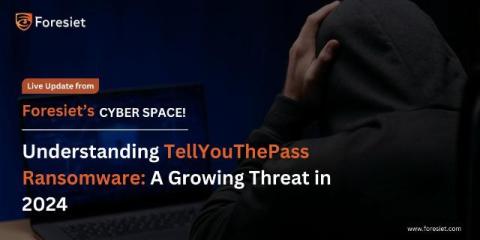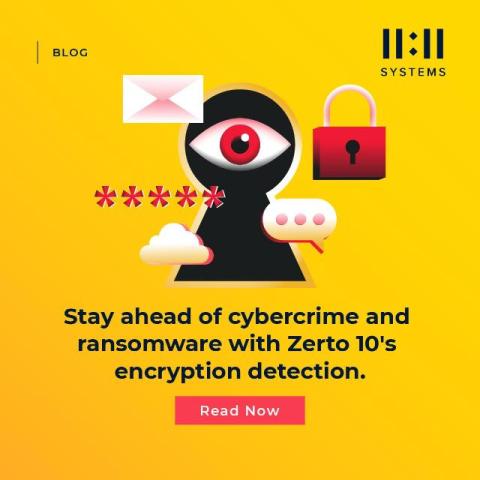Understanding TellYouThePass Ransomware: A Growing Threat in 2024
TellYouThePass ransomware, first seen in 2019, is once again in the spotlight due to its recent activity. This ransomware has been found exploiting critical vulnerabilities in PHP, specifically the CVE-2024-4577 flaw, putting both Windows and Linux systems at risk. The malware uses advanced techniques like web shells and fileless malware to gain entry, highlighting the need for robust cybersecurity measures.











